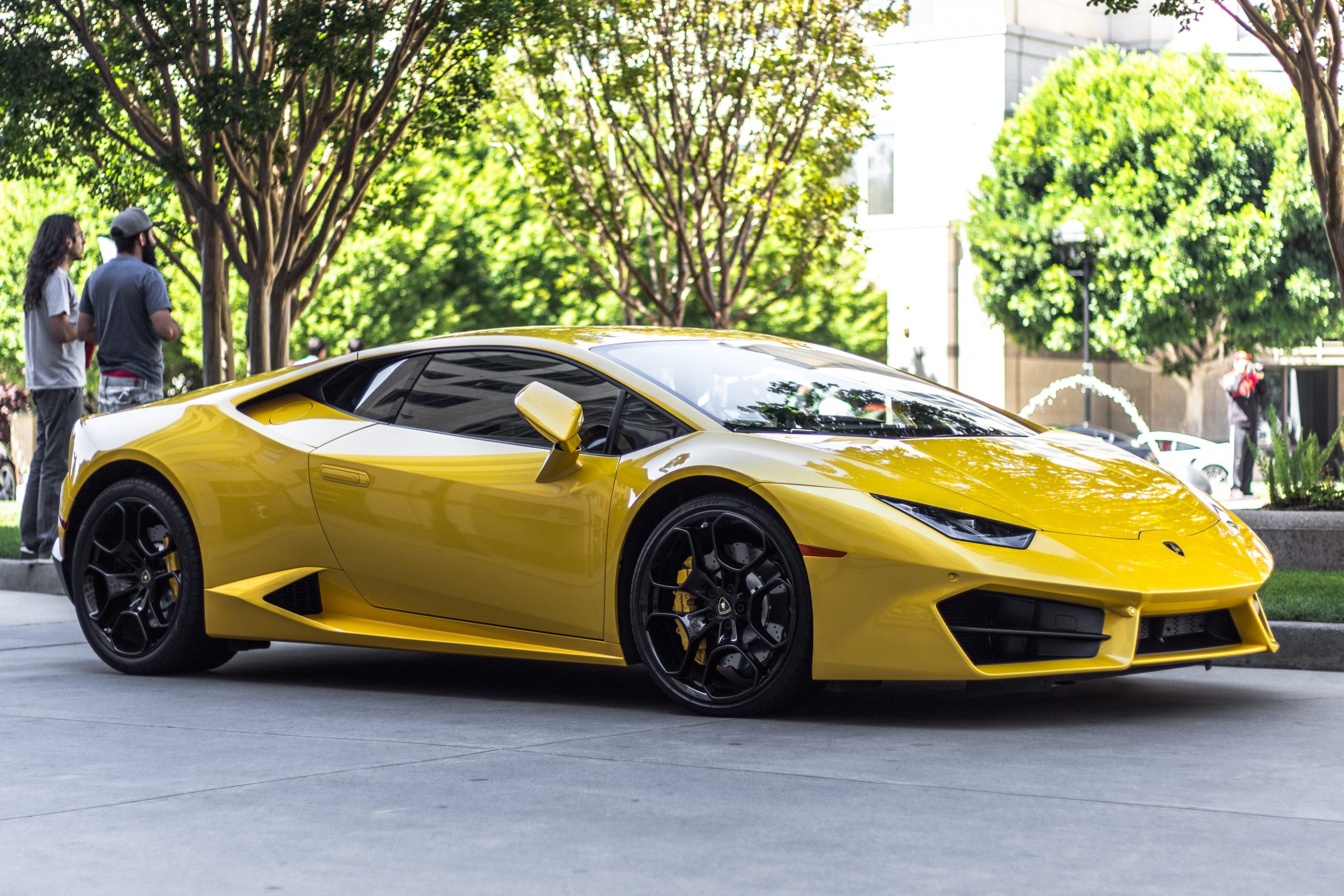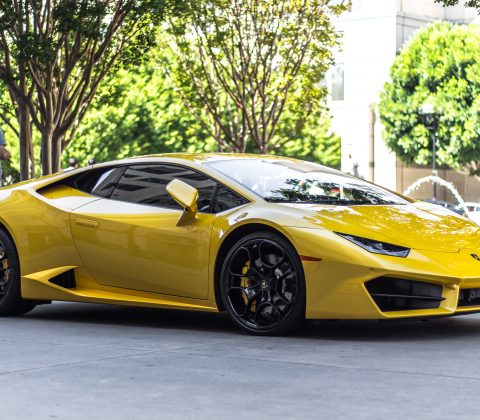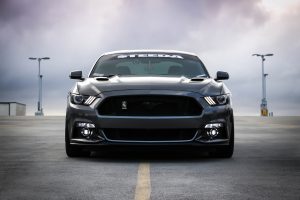

Audi A5 vs. BMW 3 Series Coupé and Mercedes CLKGerman Masters
The eternal competition for the crown between the three German premium manufacturers is entering another round. This time the new Audi A5 3.2 FSI challenges the BMW 330i Coupé and the Mercedes CLK 350.

The Ingolstadt-based company has turned its back on this segment for almost twelve long years – the Audi A5 has been playing the role of rookie since June. The trio of German premium coupés is finally complete again. Now it is time to clarify the hierarchy. With the BMW 330i Coupé and Mercedes CLK 350, the Audi A5 3.2 FSI meets its toughest opponents, the bar is accordingly high. Since the front-wheel drive Ingolstadt is only available with a continuously variable Multitronic automatic, the BMW also comes with a six-speed automatic (2160 dollars). The 7G-Tronic automatic is already on board as standard in the Mercedes CLK 350. Let’s go.
BODY
All three coupés offer a pleasing amount of space – at least in the front row. The rear is accordingly narrow, because the characteristic low roof line already puts people over 1.75 meters in their place. The Audi A5 is long and, above all, a wide car. However, he can only make limited use of the advantage. So it offers just a little more elbow room than the BMW. There are also differences when entering the back row.
DRIVING COMFORT
It couldn’t be more convenient: With a low whirring sound, Mercedes and BMW automatically hand the seat belts to those in front. Audi does without the little electric helpers, contortions after the seat belt attached far back are the order of the day. The A5 offers perfectly contoured sports seats.
ENGINE AND GEARS
There is no shortage of performance. The field is correspondingly narrow. The values for the sprint from zero to 100 km / h are just under 6.5 seconds, the top speed is limited to 250 km / h for all. Audi relies on direct petrol injection for its 3.2-liter engine. The V6 develops 265 hp and, in addition to variable camshaft adjustment, also has two-stage valve lift adjustment on the intake side (valvelift system). The stepless Multitronic has also been revised, which now has eight speed levels in manual mode. The machine responds spontaneously to gas commands. However, since the Multitronic continuously changes the gear ratio when you step on the accelerator, the engine speed remains almost the same, this is initially unusual.
DRIVING DYNAMICS
The optional active steering (1300 dollars) in the BMW varies not only the power assistance, but also the gear ratio depending on the driving situation. The jagged turning behavior takes some getting used to, but after a few kilometers it is a lot of fun. This is how the easy-to-drive 3-series coupé rushes through the slalom course and the handling course the fastest. Only the Audi can follow him. But it forfeits the chances of a better placement with traction problems on the front wheels, although the tight coordination in connection with the precise steering can do more.
ENVIRONMENT AND COSTS
At 44,000 dollars, the Audi is the cheapest, the BMW costs just 460 dollars more, Mercedes charges a proud 49,504 dollars for the CLK 350. There are also clear differences in terms of costs. This is the best way to achieve the best fuel economy for the CLK. Further advantages are the comprehensive guarantees that only the Audi can offer with a lifelong mobility allowance. The A5 is also significantly cheaper in terms of maintenance costs and depreciation. Here the Mercedes burdens the budget the most, while the BMW is in the middle in almost all cost disciplines.
CONCLUSION
In terms of driving dynamics, the BMW leaves its competitors behind and does not have any other serious weaknesses. So the Munich man deserves to win. The lead that the 330i Coupé developed is only very small. Because the Audi A5 is hot on his heels. The biggest shortcoming of the A5 3.2 FSI is the front-wheel drive, which often causes traction problems, especially in wet conditions.

Comments are Disabled